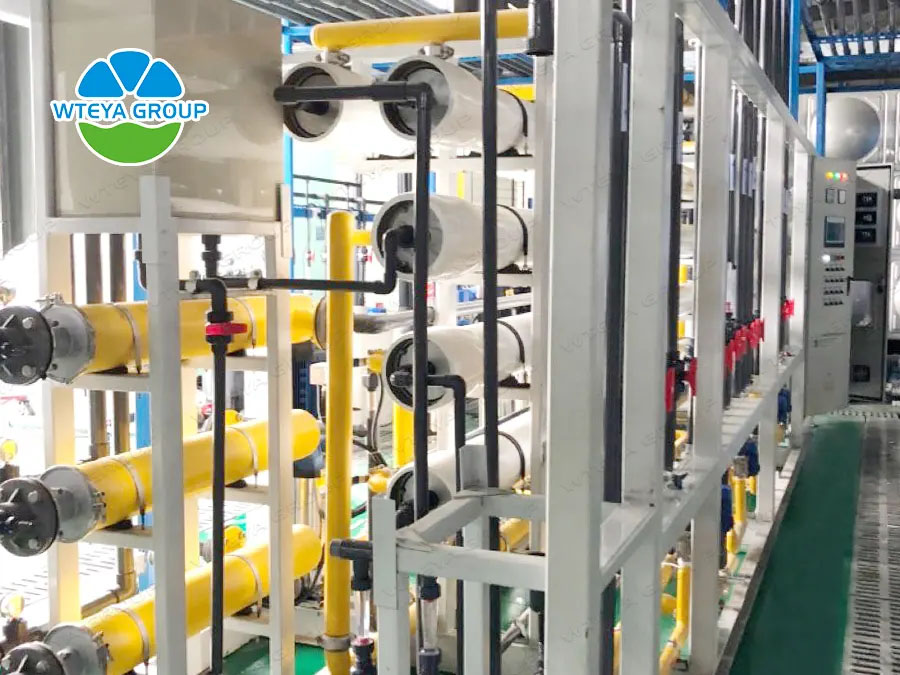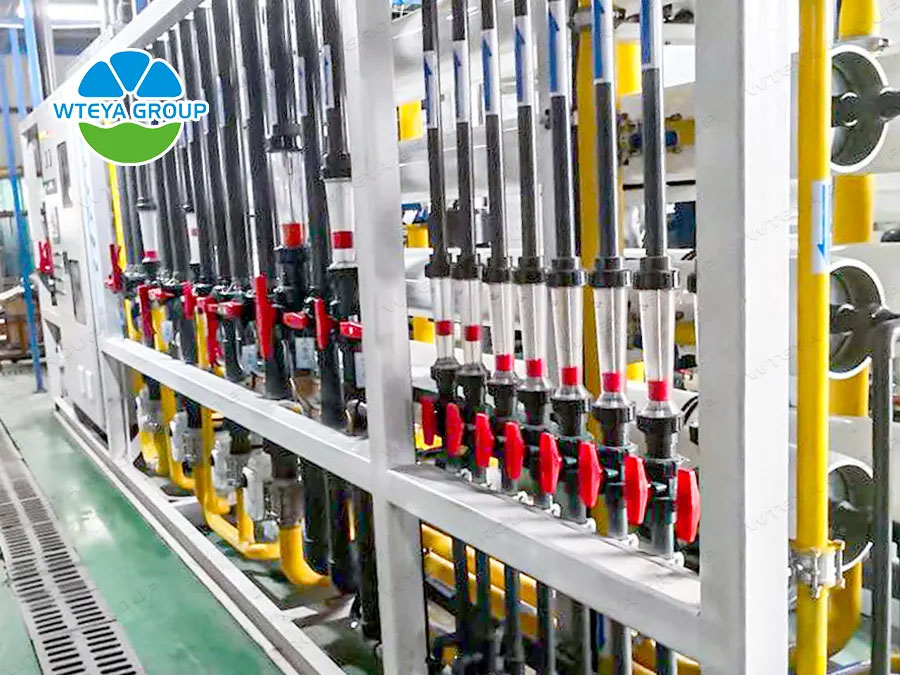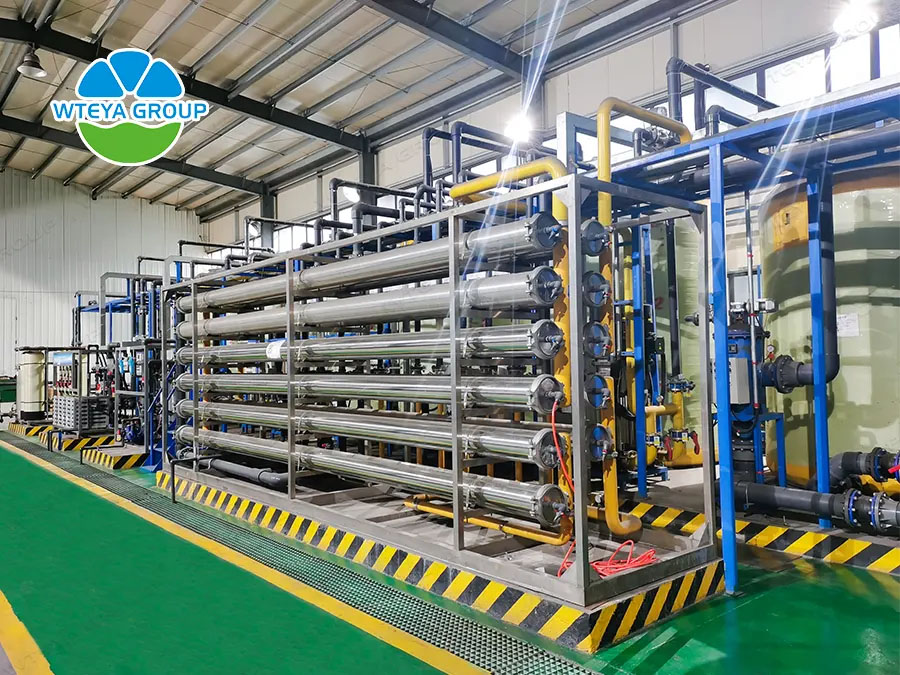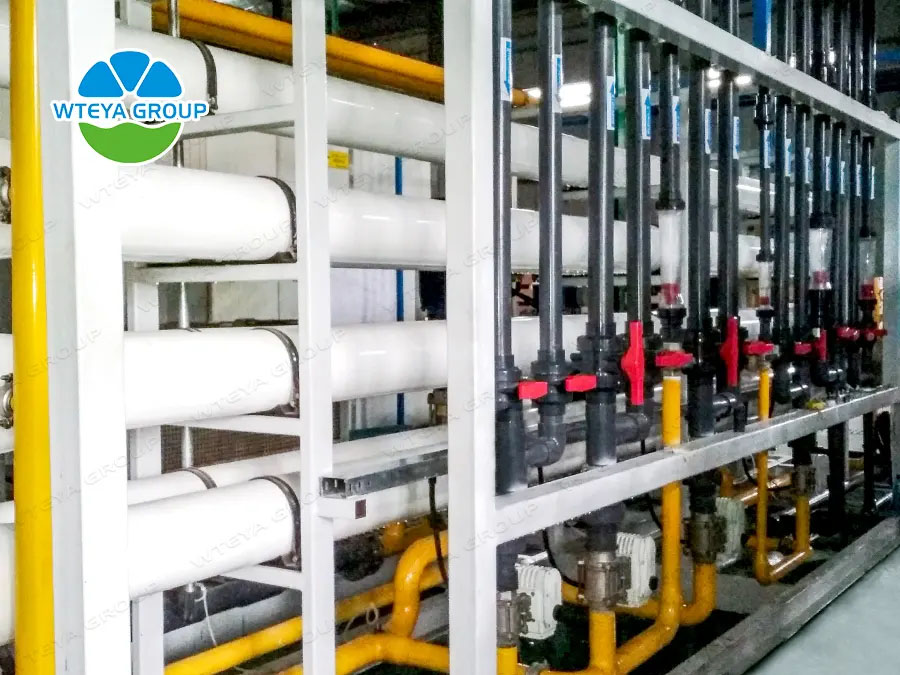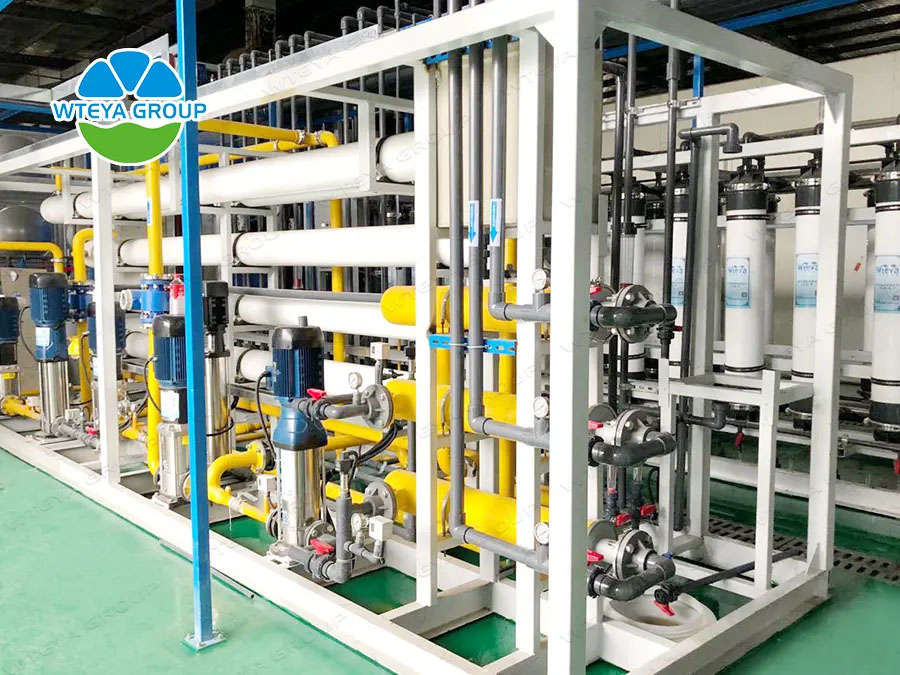Reverse Osmosis Systems for Agriculture: Providing Clean Water for Optimal Crop Growth
Water is a critical resource in agriculture, and its quality directly impacts crop health and yield. Reverse osmosis (RO) systems have revolutionized water management by offering a reliable solution for purifying water and ensuring optimal conditions for crop growth. Let’s explore how RO systems address user pain points, their application in agriculture, product advantages, and unique design features that enhance their value.
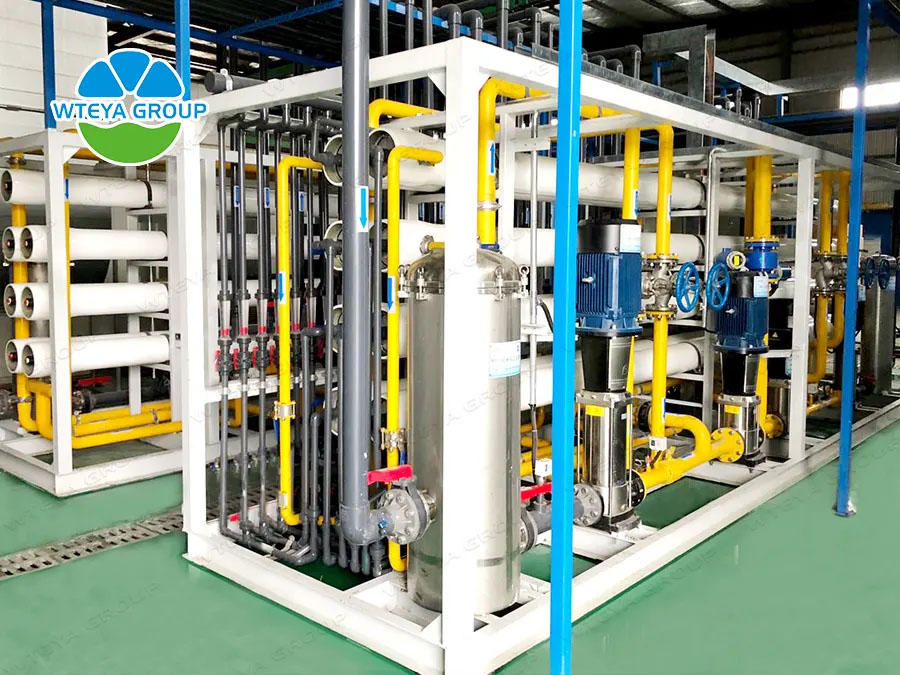
User Pain Points in Agricultural Water Management
Contaminated Water Sources: Many farmers face challenges with water containing high salts, heavy metals, and pathogens that can harm crops.
Irrigation Inefficiencies: Poor water quality often clogs irrigation systems, reducing their lifespan and efficiency.
Rising Water Costs: Treating contaminated or sourcing clean water can be expensive, increasing operational costs.
Applications of RO Systems in Agriculture
Greenhouse Farming: RO systems provide clean water to sensitive plants, ensuring balanced nutrient absorption and reducing the risk of diseases.
Irrigation: They remove impurities from water, preventing salt buildup in soil and ensuring sustainable farming practices.
Aquaponics: RO systems deliver pure water for aquaponic setups, maintaining the delicate balance between aquatic life and plants.
Product Advantages of Reverse Osmosis Systems
High Efficiency: Modern RO systems are designed to purify large volumes of water with minimal energy consumption.
Customizability: They can be tailored to handle various water qualities, from brackish water to seawater.
Longevity: Durable components and advanced filtration membranes ensure long-term reliability.
Eco-Friendly: By reducing dependency on chemical treatments and enabling water recycling, RO systems support sustainable farming practices.
Unique Design Selling Points
Advanced Membrane Technology: High-rejection membranes efficiently remove up to 99% of contaminants, including salts and bacteria.
Energy Recovery Systems: Some models include energy recovery devices, reducing operational costs.
Compact and Modular Design: Space-saving units are easy to integrate into existing agricultural setups.
Smart Monitoring: Built-in sensors and IoT connectivity allow real-time water quality and system performance monitoring.
Value Delivered by RO Systems
Improved Crop Quality: Access to clean water enhances plant growth, leading to higher-quality yields.
Cost Savings: Efficient water purification reduces the need for expensive chemical treatments and system maintenance.
Environmental Impact: RO systems promote water reuse and reduce groundwater depletion, aligning with eco-friendly agricultural practices.
Operational Simplicity: User-friendly designs ensure farmers can easily operate and maintain the systems without specialized knowledge.
Conclusion
Reverse osmosis systems are indispensable for modern agriculture, providing a solution to water quality challenges while enhancing productivity and sustainability. With advanced features, wide-ranging applications, and unparalleled benefits, RO systems are a smart investment for farmers looking to optimize crop growth and streamline water management. By delivering clean water efficiently, these systems empower farmers to meet the growing demand for food while preserving environmental resources.








